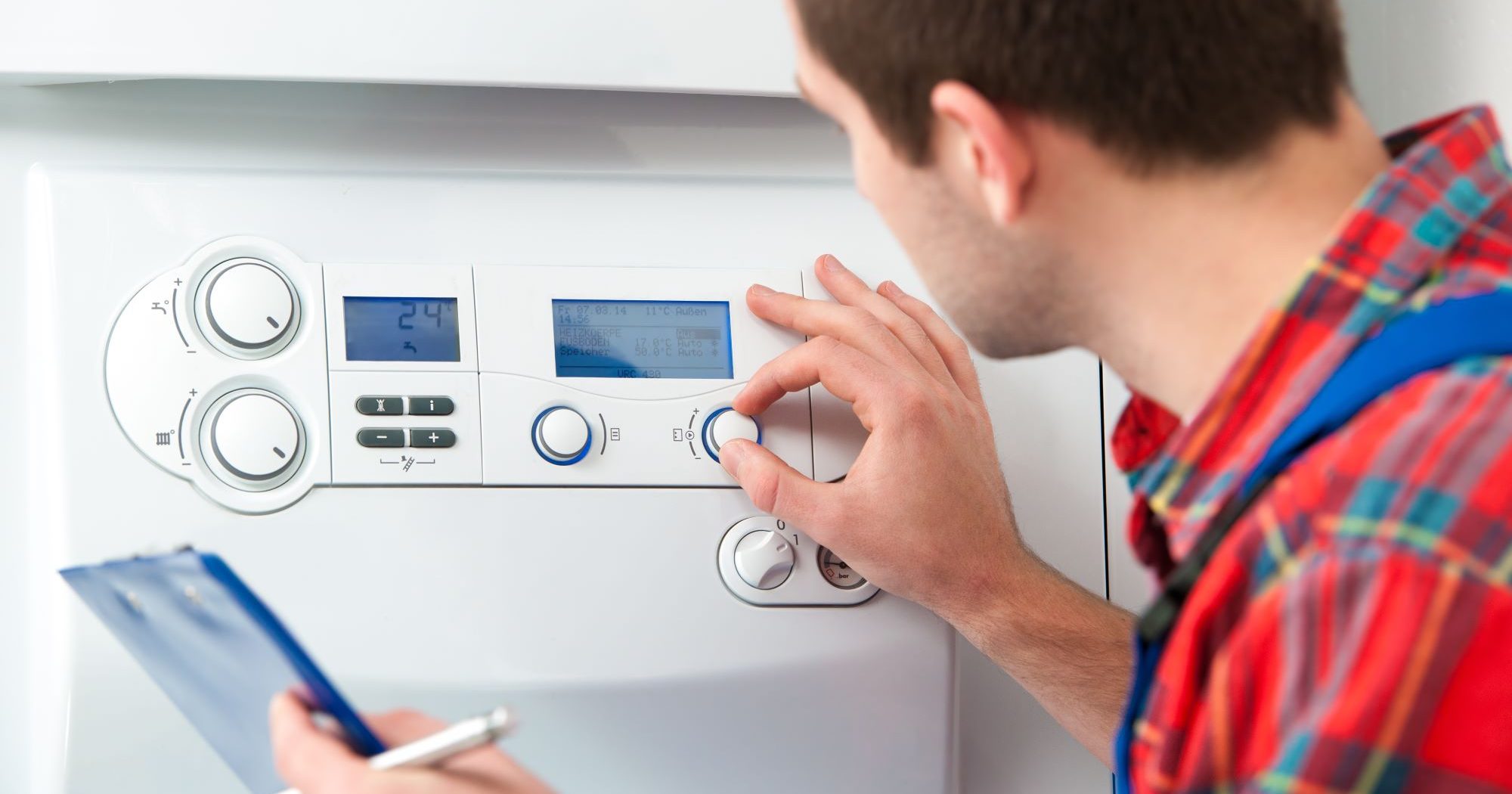
What we can expect from the Heat and Buildings Strategy
The imminent publication of the much delayed and highly anticipated Heat and Buildings Strategy is expected to have significant consequences for the fabric and the fuel source of our nation’s homes. The scale of change – as the Government seeks slash into the 40% of CO2 emissions that heat, and buildings are currently responsible for – is set to be even bigger and more impactful on peoples’ lives than the nation’s move from coal to gas 50-years ago.
We’ve all read the headlines about gas boilers, so here we pull together a summary of what industry, investors, consumer groups and environmental campaigners are calling on the Government for if we are to smoothly accelerate progress towards net zero.
1.Plug the hole left by the Green Homes Grant.
The scheme, shelved less than a year after it was announced, was plagued by criticism for being too bureaucratic and laborious to access. Despite condemnation of its complicated set-up, there remains a sense that uptake of energy efficient and insulating products will continue to be insufficient without market intervention to stimulate demand. These products – used in our homes at scale – are critical to reducing emissions from existing housing stock, but the high upfront costs are often prohibitively expensive and off-putting. The Government has committed to bringing forward a new scheme and will be hoping it is a case of ‘third time lucky’ (readers will remember the Green Deal debacle of the Cameron era and the eye-watering interest rates homeowners were expected to pay on loans).
2. Answer how we will have enough skilled tradespeople to carry out the scale of work required.
Fewer than 2 percent of UK homes are heated by a low-carbon source and estimates put the number of gas boilers that will need to be replaced, either by a heat pump or hydrogen-ready boiler, at around 20 million. That’s not counting new homes yet to be built where Government plans to halve energy use by 2030, compared to today’s standards. These figures are set alongside an exising shortage of approximately 100,000 gas engineers. The Government is expected to set out detailed plans on how it will attract, train, retain and upskill the huge number of engineers we are going to need to install new heating systems across the country.
3. Detail how the remaining £6 billion committed to energy efficiency in the 2019 manifesto will be spent.
Less than a third of the £9.2 billion earmarked for energy efficiency has been allocated to projects and programmes to date. While the fiscal situation has changed markedly since Covid, industry is looking to the Government for a steer on whether the scale of this commitment remains in-tact and, if so, where resource will go.
4. Support new supply chains.
Buying energy efficient products and using new sustainable infrastructure is brilliant but putting in place the building blocks to establish a deep-rooted supply chain for their design and manufacture in the UK is the cherry on the top that many will be looking for. Making sure that the Heat and Buildings Strategy ties into the Government’s Levelling Up agenda will be particularly important for political audiences who have seen the offshore wind industry put down roots in the UK and who want to see that model successfully replicated in other parts of the country.
5. Explain how homes not connected to the grid will be heated.
Around 4 million homes are not connected to the mains gas supply, the majority of these being in rural communities that rely on oil or LPG for heating. Electric heat pumps could well be the answer, but some suggest an increased role for biofuels to cut emissions from these households sooner rather than later. Guidance from Government on how rural homes will lock into the transition is keenly anticipated and will likely receive significant scrutiny.
6. Clarity on taxation.
A very contentious area that the Government will have to wrestle with, eventually. There is growing pressure on ministers to re-orientate the tax system to encourage more clean heat as well as demand for green products. Whether the Government decides to entirely remove levies currently applied on electricity generation and place them on gas bills or even general taxation is a big question, or to scrap VAT on things like insulation and heat pumps. The answer is likely to result in a lot of debate and for that reason, we may not see receive a complete one in this strategy. That being said, industry will be looking for some indication of where Government thinking is going. A signal that it may be minded to change tax treatment could be a huge boon for the UK’s embryonic heat pump industry, but could have repercussions for the gas sector’s transition hydrogen – a nascent endeavour that the Government won’t want to knock off course at this stage.
All of this goes to show the careful balancing act that the Government must perform in what it sets out in its strategy. The complexity potentially being part of the reason for the delay in its publication. One thing unites all the different lobby groups in this debate – a desire that the strategy sets out meaningful detail, promotes action, provides confidence, and unlocks investment. A repetition of ambition and targets won’t be enough.
We hope this short overview provides a useful reference point against which the strategy can be judged once published for consultation. To discuss any of the issues raised or how the Heat and Building Strategy could impact your business, please email me at naomiharris@wacomms.co.uk.